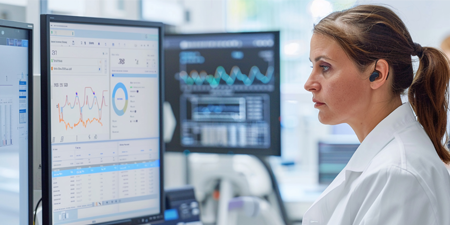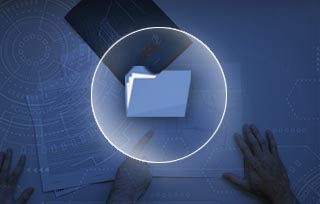Artificial Intelligent Perception Systems (AIPS)
The Intelligent Artificial Perception Systems (SPAI) research group is dedicated to developing innovative technologies in computer vision and artificial intelligence for industrial, engineering, and scientific sectors. The primary objective is to support digital transformation in these sectors through perception systems capable of capturing, processing, and analysing complex information from various types of vision cameras, thereby contributing to enhanced productivity, safety, and sustainability across a wide range of applications.
Their expertise spans from visual analysis using 2D and 3D cameras to applications beyond the visible spectrum, including thermal, night, and ultraviolet data processing. They also have extensive experience in hyperspectral image analysis, a technology that provides chemical information about objects, enabling far more detailed, non-invasive analysis that cannot be performed with conventional cameras. This allows the identification of materials, features, and compositions invisible to the naked eye—key for inspections in sectors such as agri-food, chemical, and recycling industries.
ITCL is equipped with a laboratory that enables rapid prototyping of objects and spaces, using RGB cameras, thermal sensors, 3D sensors, and illumination systems, among others. The lab also includes cutting-edge technology such as event-based and hyperspectral cameras. This equipment enables the team to operate across various industrial sectors, translating research into practical, customised solutions.
The group has a strong track record of collaborative projects with both national and international companies, developing technological solutions that address specific challenges while opening up new opportunities in key sectors.
R&D CAPABILITIES IN COMPUTER VISION
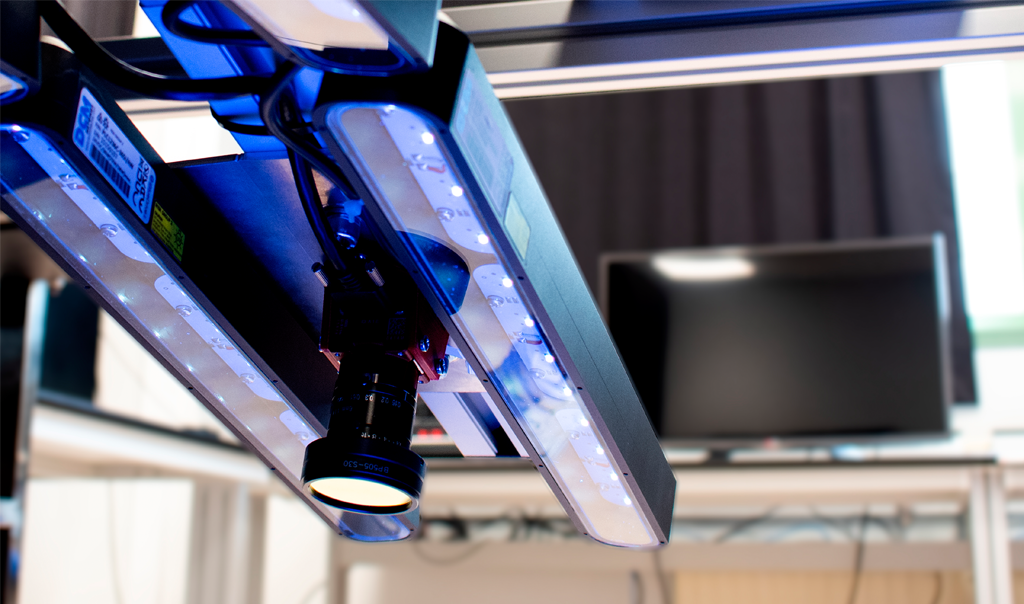
Advanced Visual Prototyping
- Design and fabrication of prototypes in the lab for computer vision-based inspection.
- Selection and testing of vision equipment: cameras, filters, and specialised lighting.
- Development of custom algorithms for specific usage conditions.
- Integration of internal and external communication systems, with standards such as 5G
- Applications: automated scanning systems, connectivity with linear actuators, online product analysis.

Intelligent Human Analysis
- Detection of people, joints, and relevant elements.
- Tracking and reidentification of individuals and features.
- Detection of personal protective equipment (helmet, vest, gloves, goggles, safety boots) for reporting, alerts, or access control.
- Estimation of 3D positions for ergonomic, sports, or virtual reality environments
- Gesture detection for action control or risk monitoring (e.g., falls)
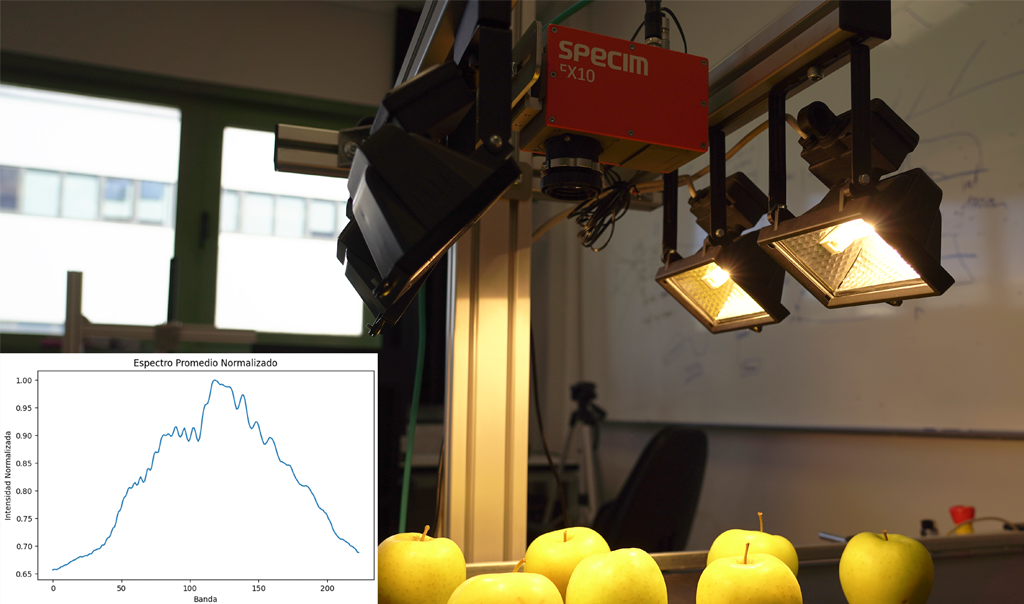
Hyperspectral Image Analysis
- Material identification and characterisation: plastic recycling, recycled content estimation
- Analysis across visible and infrared ranges, with hardware covering wavelengths from 400 to 1700 nm. Platforms include industrial conveyor systems and rotary scanners.
- Applications in food quality and safety: detection of contaminants and foreign objects in food, quality classification, and freshness evaluation in fruits and vegetables.
- Other agri-food applications: crop monitoring (growth, diseases, weather damage), quality control in processed food production (moisture and fat measurement in baked goods, quality control in cheese and dairy)
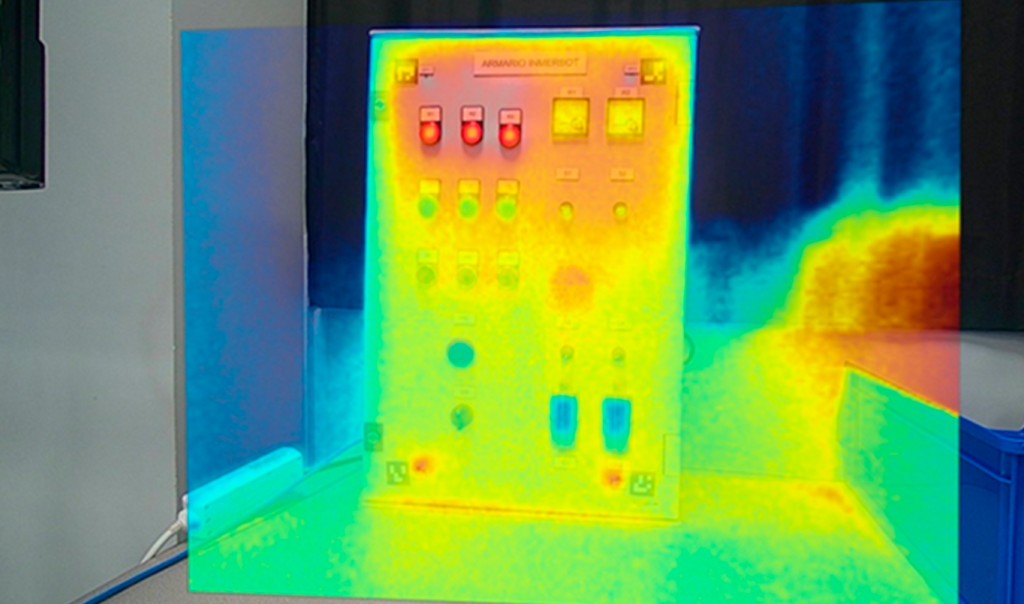
Industrial and Scientific Thermal Imaging
- Thermal data processing for monitoring exothermic chemical reactions.
- Risk alerts for thermal hazards like fires or overheating.
- Spatial and temporal gradient analysis in industrial environments.
- Predictive maintenance tasks and inspection of critical infrastructure.
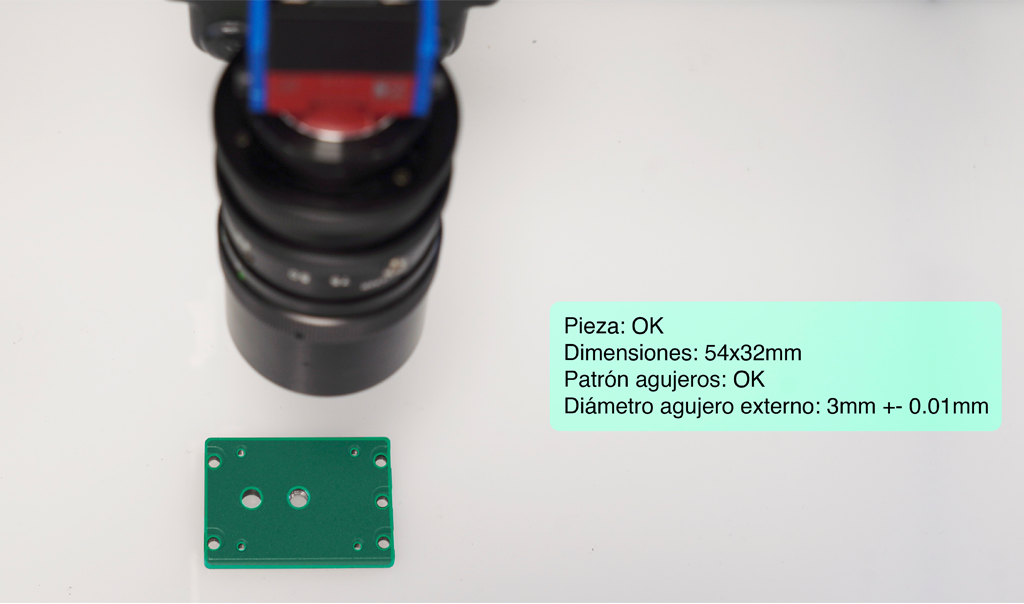
Precision Metrology
- Data fusion from multiple captures of the same object to obtain a complete scan.
- Sensor fusion to enhance capabilities: visible light camera + LIDAR distance.
- Applications: high-precision quality control, autonomous robotics assistance, defect verification.
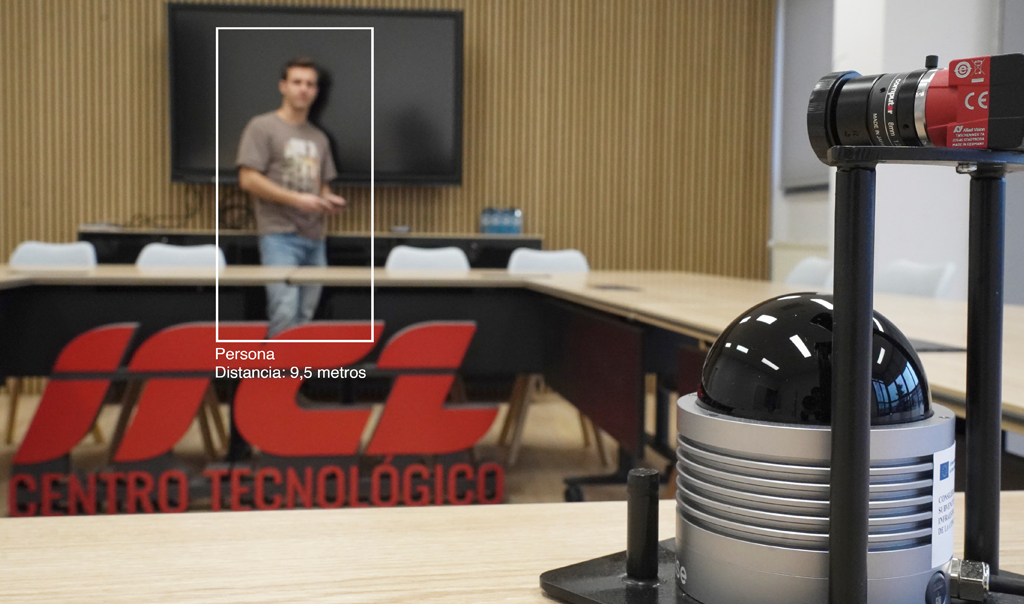
Real-Time 3D Vision
- Development of custom algorithms for industrial quality control, processing large volumes of 3D data in real time.
- Development of object and position detection systems in 3D space. Applications include defect detection and guidance.
- Integration and processing of RAW data from sensors such as profilometers, 3D cameras, or structured light
- Applications: robot guidance, depalletising or bin picking, obstacle detection, point cloud processing.
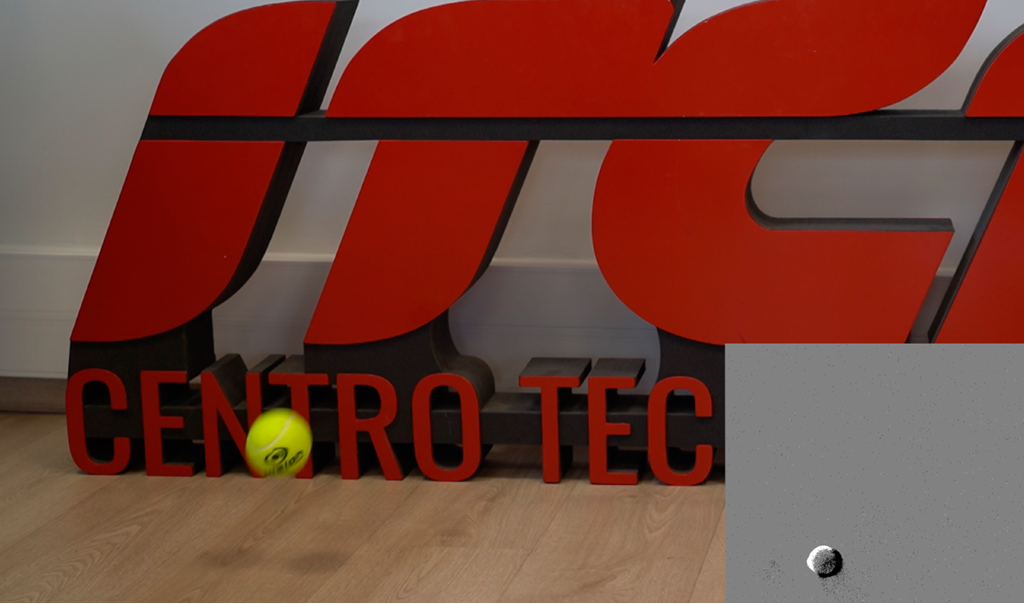
Event Camera
- Image processing for high-speed, low-light, or high dynamic range applications.
- Vibration analysis in industrial environments.
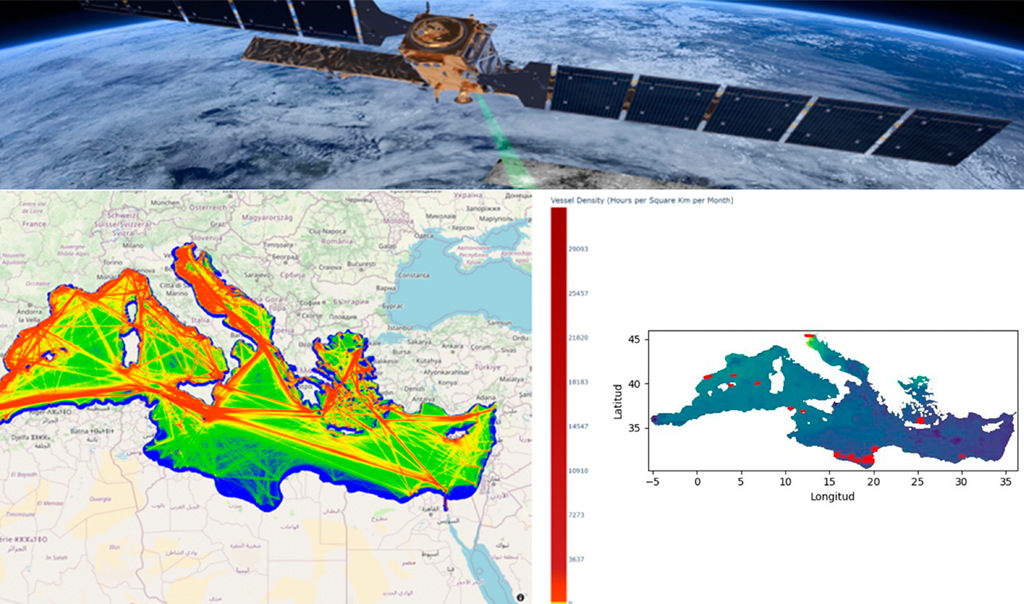
Satellite Image Analysis
- Study of soil organic carbon.
- Analysis of key parameters in marine ecosystems: turbidity, chlorophyll levels, or pollutants.
- Processing of multispectral and hyperspectral data.
OUR TEAM
The area is composed of highly qualified senior and junior researchers who strive for innovation through a continuous process of learning and development.
Julen Rostan
Head of the Intelligent Artificial Perception Systems Group at ITCL
Graduate in Computer Engineering and Master’s in Business Intelligence and Big Data in Cyber-Secure Environments. Co-author of scientific articles in the field of computer vision and real-time processing.
Specialist in computer vision, with experience in selecting hardware for image acquisition and developing and implementing advanced algorithms for industrial and scientific applications. His main research areas include hyperspectral vision and the development of optimized solutions for real-time execution.

RESEARCH PROYECTS
ICONICA: Research in Safe, Intelligent, Connected and Autonomous Driving
The project investigates solutions for connected and autonomous vehicles, focusing on V2I and V2V information exchange using 5G communication networks, which offer high speed and ultra-low latency.
Duration: October 2024 - December 2025
BIOTECARE – Data-Driven Technological Advancement for the Optimization of Biotechnological, Healthcare, and Care Processes
The project aims to drive research and development of innovative solutions based on data science, AI, and Deep Learning to enhance the integration of medicine with these technologies. This will improve how diseases are diagnosed, treated, and prevented, as well as optimize overall healthcare management and patient experience.
Duration: 2024 - 2026
SuN4Med – Development of Biodegradable and Antimicrobial Food Packaging
Sustainable and Innovative Food Packaging Based on Agro-Industrial By-Products and Natural Antimicrobials from the Mediterranean Area.
Duration: 2024-2026
RAY-DEEP Cosmic Ray Detection using Deep Learning
Experiment based on the detection of cosmic rays, focused on muons, photons, and electrons, through image classification using Deep Learning techniques.
Duration: 2023
ALTIUMCAT – Optimal system for measuring the displacement of the catenary wire to the pantograph
Optical solutions, profilometric sensors, and ToF sensors will improve accuracy and reduce issues in railway maintenance.
Duration: 2021 – 2023

